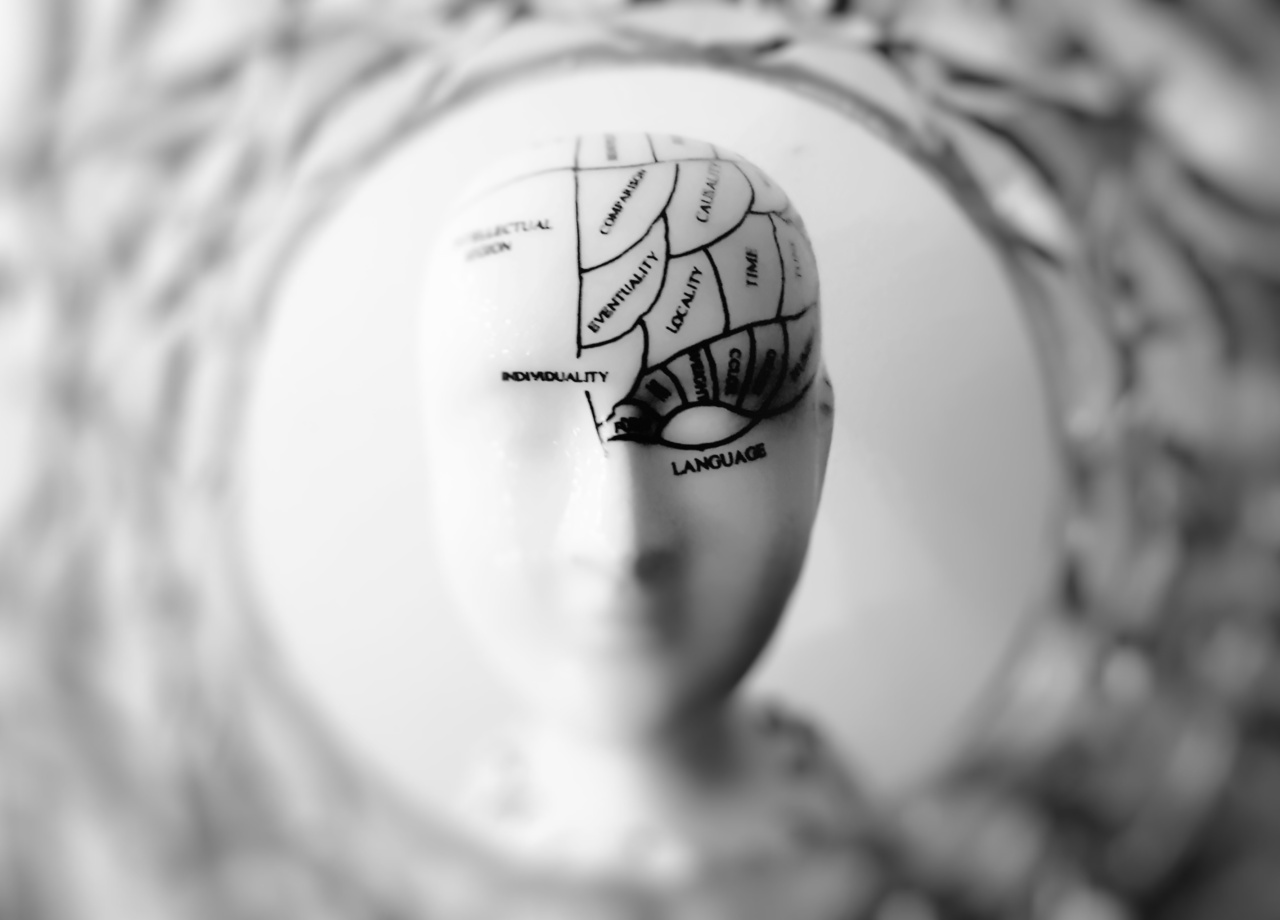Brain concussion is a common type of head injury that occurs when a sudden blow or jolt to the head causes the brain to bounce within the skull, leading to temporary impairment of brain function.
While many concussions are mild and individuals recover fully, severe concussions can have fatal consequences. In this article, we will explore the fatalities associated with brain concussion, highlighting the potential risks and long-term impacts.
Understanding Brain Concussion
Brain concussion occurs when the force applied to the head causes the brain to move rapidly back and forth, resulting in chemical changes and damage to brain cells.
The most common causes of brain concussion include falls, sports-related injuries, motor vehicle accidents, and physical assaults.
When a concussion happens, people may experience a variety of symptoms, such as dizziness, confusion, memory loss, headache, difficulty concentrating, and sensitivity to light or noise.
While most individuals recover within a few days or weeks, some may develop long-term complications.
The Dangers of Severe Concussions
Severe concussions can pose significant risks to individuals’ health and wellbeing. These dangers may stem from various factors, such as the force of impact, age, previous head injuries, and the delay in receiving appropriate medical care.
1. Intracranial Hemorrhage
One of the most life-threatening complications of severe concussions is intracranial hemorrhage, which refers to bleeding inside the skull.
The forceful movement of the brain within the skull can cause blood vessels to rupture, leading to bleeding between the brain and skull. This condition requires immediate medical attention, as it can result in increased pressure on the brain, leading to irreversible damage or even death.
2. Brain Edema
Brain edema refers to the accumulation of fluid within the brain tissues. Severe concussions can trigger the release of inflammatory substances, leading to an increase in brain cell fluid content.
The swelling can cause compression on vital brain structures, resulting in cognitive and physical impairment. In some cases, brain edema can become fatal if left untreated.
3. Cerebral Contusion
Cerebral contusion is a bruise on the brain caused by a direct impact to the head. As the brain strikes against the skull, it can result in localized bleeding and damage to brain tissue.
Severe cerebral contusions may require surgical intervention to remove blood clots or repair the damaged brain tissue. Failure to address cerebral contusions promptly can have fatal consequences.
4. Second Impact Syndrome
Second impact syndrome occurs when an individual suffers a second concussion before fully recovering from an initial one. This rapid succession of concussions can lead to rapid brain swelling and catastrophic consequences.
Second impact syndrome is potentially fatal and requires immediate medical attention.
5. Chronic Traumatic Encephalopathy (CTE)
CTE is a degenerative brain disease that can occur after repetitive head traumas, including concussions.
While not immediately fatal, CTE can lead to severe long-term complications, including mood changes, memory problems, cognitive decline, and even suicidal behavior. The risks of CTE are especially prominent in individuals who participate in contact sports or have a history of multiple concussions.
Long-Term Effects of Concussions
Even when concussions do not result in immediate fatality, they can have long-term effects on an individual’s health and functioning. Some of the potential long-term consequences of concussions include:.
1. Post-Concussion Syndrome
Post-concussion syndrome refers to a cluster of symptoms that persist for weeks, months, or even years after the initial concussion.
These symptoms may include persistent headaches, dizziness, fatigue, difficulty sleeping, irritability, and problems with memory and concentration.
2. Increased Vulnerability to Future Injuries
Having suffered a concussion once increases the risk of experiencing future concussions. Each subsequent concussion may lead to more severe symptoms and longer recovery periods.
Chronic traumatic brain injury can further complicate an individual’s health, making them more susceptible to future injuries.
3. Mental Health Issues
Concussions can contribute to the development or exacerbation of mental health conditions, including depression, anxiety, and post-traumatic stress disorder (PTSD).
The trauma associated with the injury and the resulting changes in brain chemistry can significantly impact an individual’s emotional well-being.
4. Cognitive Impairment
Cognitive impairment is another potential long-term effect of concussions.
Memory problems, difficulties with attention and concentration, slowed processing speed, and reduced problem-solving abilities can hinder an individual’s daily functioning and quality of life.
Preventing Fatalities
As brain concussions can have severe and even fatal consequences, it is crucial to prioritize prevention strategies to reduce the risks associated with head injuries:.
1. Wearing Protective Equipment
When engaging in activities that pose a risk of head injuries, such as contact sports or riding a bicycle, it is essential to wear appropriate protective gear like helmets.
Wearing helmets can significantly reduce the force of impact and the chances of sustaining severe concussions.
2. Prioritizing Safety Guidelines
Following safety guidelines in sports, recreational activities, and workplaces is vital to minimize the risk of head injuries.
Implementing and enforcing rules related to fair play, avoiding aggressive behavior, and using proper techniques can help prevent concussions.
3. Increasing Awareness
Education and awareness campaigns are crucial in increasing understanding about the dangers of concussions and the importance of seeking medical attention.
Encouraging early recognition of concussion symptoms and emphasizing the need for proper evaluation and management can prevent fatal outcomes.
4. Providing Proper Medical Care
When a concussion occurs, it is essential to seek medical attention promptly. Proper diagnosis, monitoring, and management significantly reduce the risk of fatalities and long-term complications.
Healthcare professionals can provide guidance on the appropriate steps for recovery and return to daily activities.































